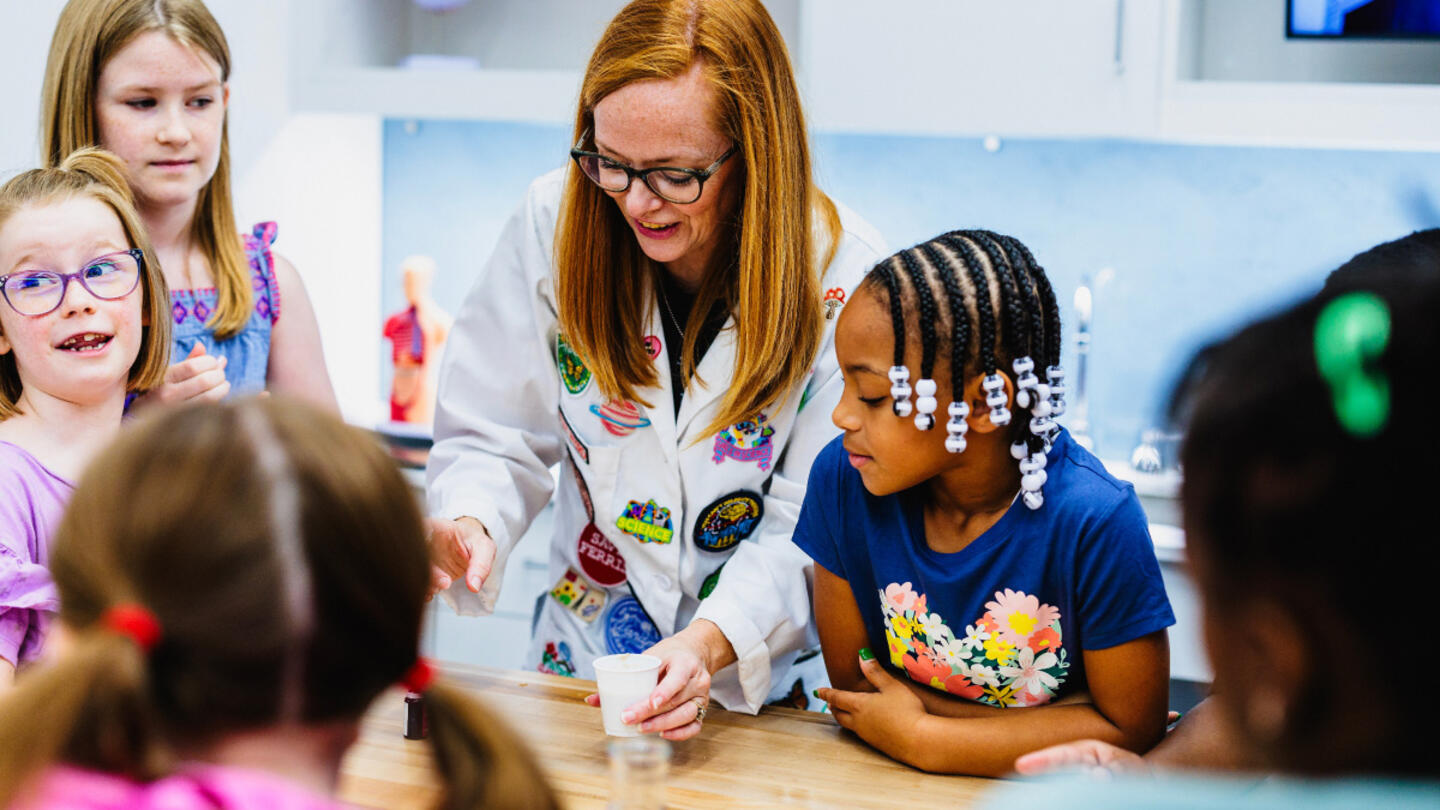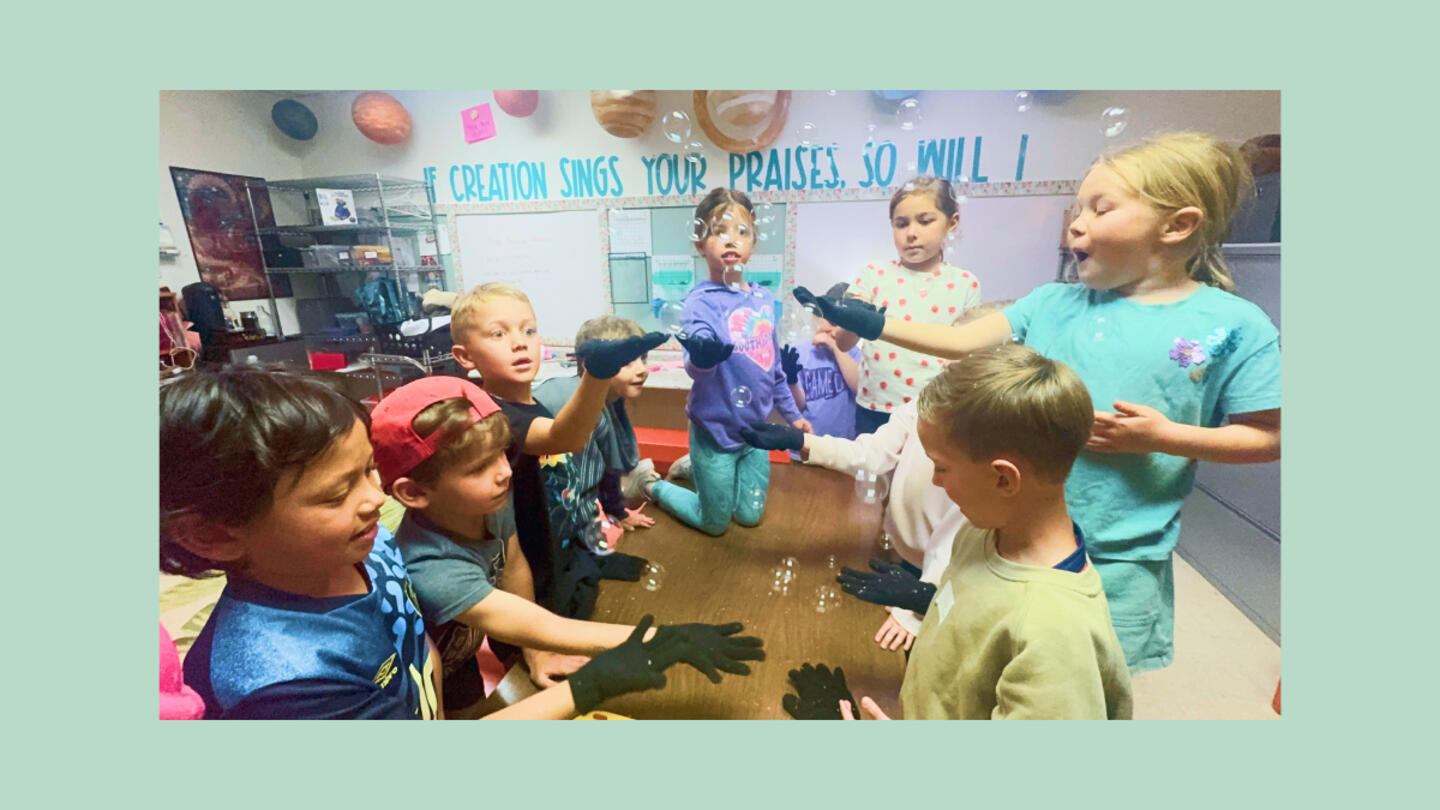Eliza Cunningham was in prekindergarten when her parents were first told she may have ADHD. The following year, kindergarten was a struggle for her.
“Just when things would start to click for Eliza, they were on to the next thing and my girl was constantly feeling overwhelmed and left behind,” explained her mom, Allison Cunningham.
When first grade presented the same challenges, Cunningham sought a different option for her daughter. The Cunninghams qualified for the state's education choice program, enabling them to direct their education funding to the school of their choice.
The switch, which included a smaller class size, was a game changer for Eliza — she made the honor roll after just nine weeks in her new school and, more importantly to her mom, the new environment helped bolster Eliza’s motivation and enjoyment of learning.
The Cunninghams are part of a growing population of families with school-age children who are rejecting a one-size-fits-all education approach in favor of settings that better suit their children's individual needs.
Across the country, more and more states are implementing education choice empowerment options like education savings accounts help with the costs associated with private and homeschooling. Interest and enrollment in alternative learning environments and homeschooling have been growing, a trend that’s expected to continue.
A new frontier has emerged in American education. Much like settlers explored the American West, there is a brave new world of education opportunities that parents are eager to discover. As more states make funding available to these parents, they’re finding demand is greater and rising more than they could have anticipated.
Sign up for Stand Together's K-12 newsletter and get stories, ideas, and advice from changemakers who are transforming education across the country.
The new education funding landscape
An uptick in alternative schooling options like microschools and an increase in education choice laws like ESAs have empowered parents to “shop around” for learning options that better suit their students’ needs. This sort of funding made it possible for Eliza’s parents to place her in a more suitable learning environment.
“Education savings account proposals continued to dominate statehouse debates, with about 77% of 2024 school choice legislation relating to this type of program,” according to EdChoice, a leading education choice research and policy nonprofit. “In all, EdChoicetracked 83 bills in 30 states having to do with ESA, voucher, refundable tax credit, and tax-credit scholarship legislation.” Five states created new programs and five expanded existing programs.
Demand for these school choice empowerment options is high — and in some cases, the overwhelming response from parents is leading to unprecedented program expansion.
Consider what happened with the Utah Fits All Scholarship Program. Initially, $8,000 would be available for each Utah family who qualified according to their income levels. When the enrollment period opened in February 2024, the plan was to distribute 5,000 scholarships. Within a week, over 12,000 applications were submitted for the scholarships.
The overwhelming demand prompted the Utah Fits All program to double the number of available scholarships. In the end, the program had more than 27,000 applications for 10,000 scholarships.
A similar scenario played out in North Carolina. The state’s Opportunity Scholarship offers funds to use for private school tuition. Families are eligible for scholarships ranging from $3,360 to $7,468 a year based on their household income level.
Starting in 2024, all families in North Carolina are eligible for some level of scholarship. Funding for the scholarship is also incrementally increasing, thanks to the legislature’s approval of more funds. As a result, the agency that administers the scholarships says the number of applications went from fewer than 12,000 in 2023 to 72,000 by March 2024.
The striking demand prompted North Carolina legislators to approve roughly $500 million more so that all families on the waitlist could receive a scholarship.
The push to expand these funding opportunities demonstrates an openness to considering different ways to approach education in America.
“Certainly, we’re seeing that families are more ready than ever to take control over their children’s education,” Robyn Bagley, executive director of the Utah Education Fits All told Deseret News.
“This is being driven by a multitude of factors. They are certainly motivated by learning environments reflective of their families’ values. There is a new generation of parents that doesn’t feel constrained by traditional approaches to educating their children. They live vastly different lifestyles than in the past, one of customization, where a multitude of services and choices are at their fingertips.
EdChoice and Utah Education Fits All are supported by Stand Together Trust, which provides funding and strategic capabilities to innovators, scholars, and social entrepreneurs to develop new and better ways to tackle America’s biggest problems.
Learn more about Stand Together's education efforts and explore ways you can partner with us.

‘We want these boys to know that regardless of where they come from, they still can be excellent.’

This colearning space has the potential to bridge the divide between public and private education.

New Johns Hopkins data shows homeschooling’s recent surge has transformed the education landscape.
Step 1: Find the best learning environment for your child. Step 2? Figure out how to pay for it.
